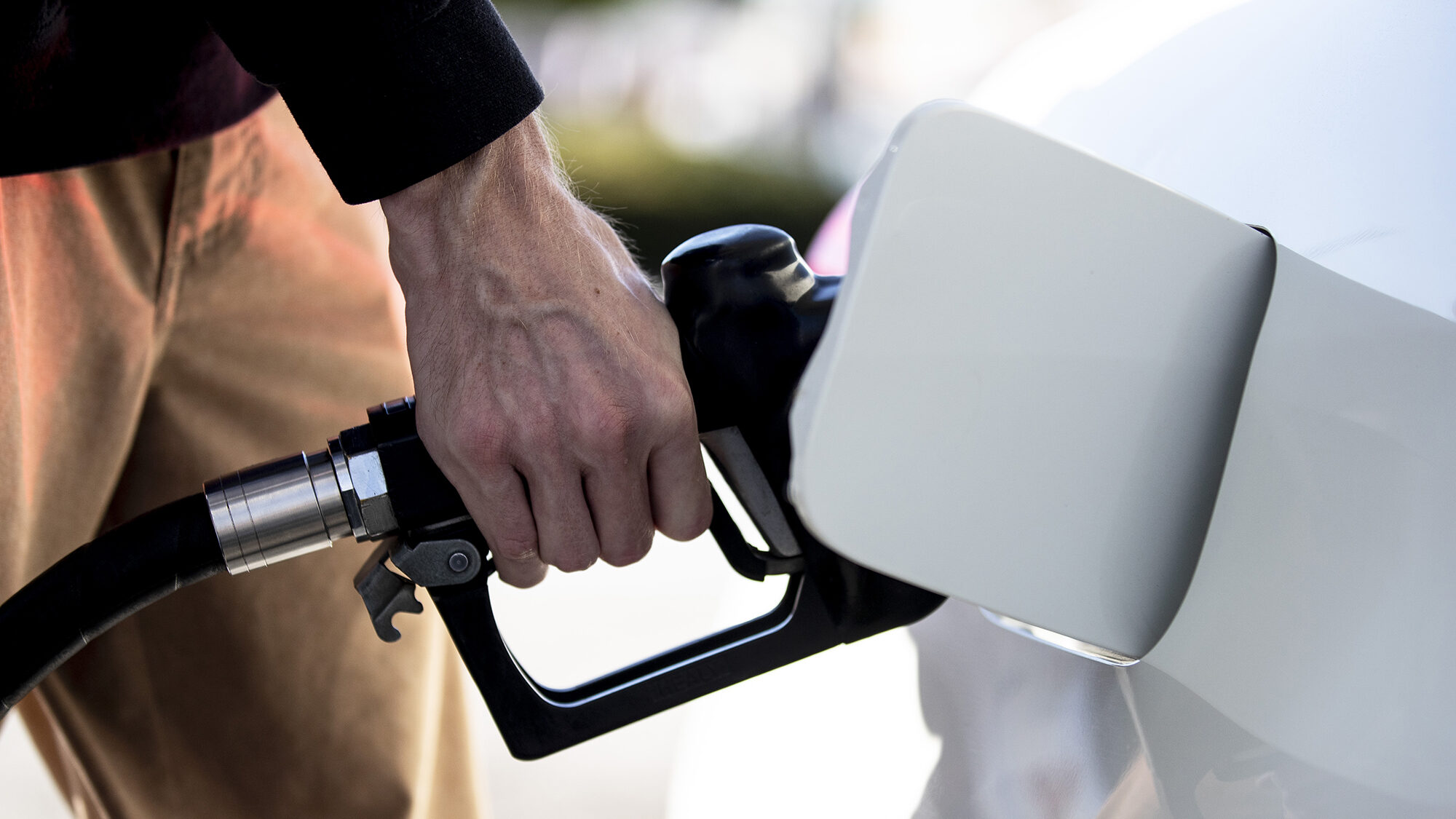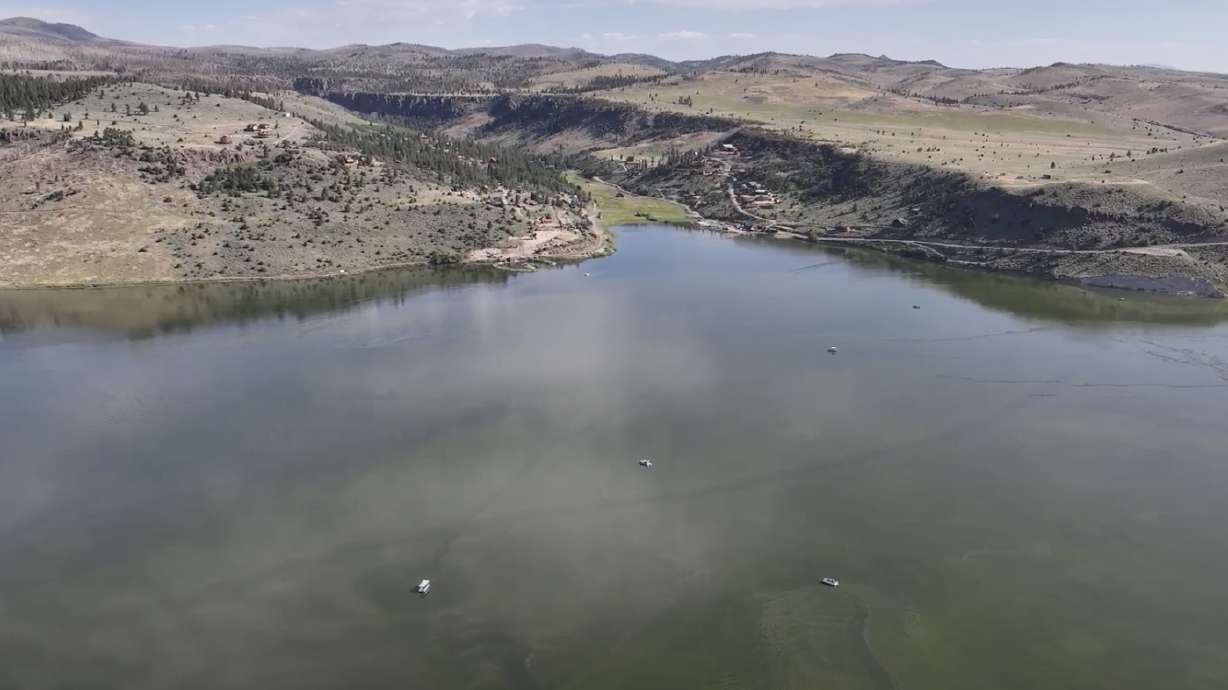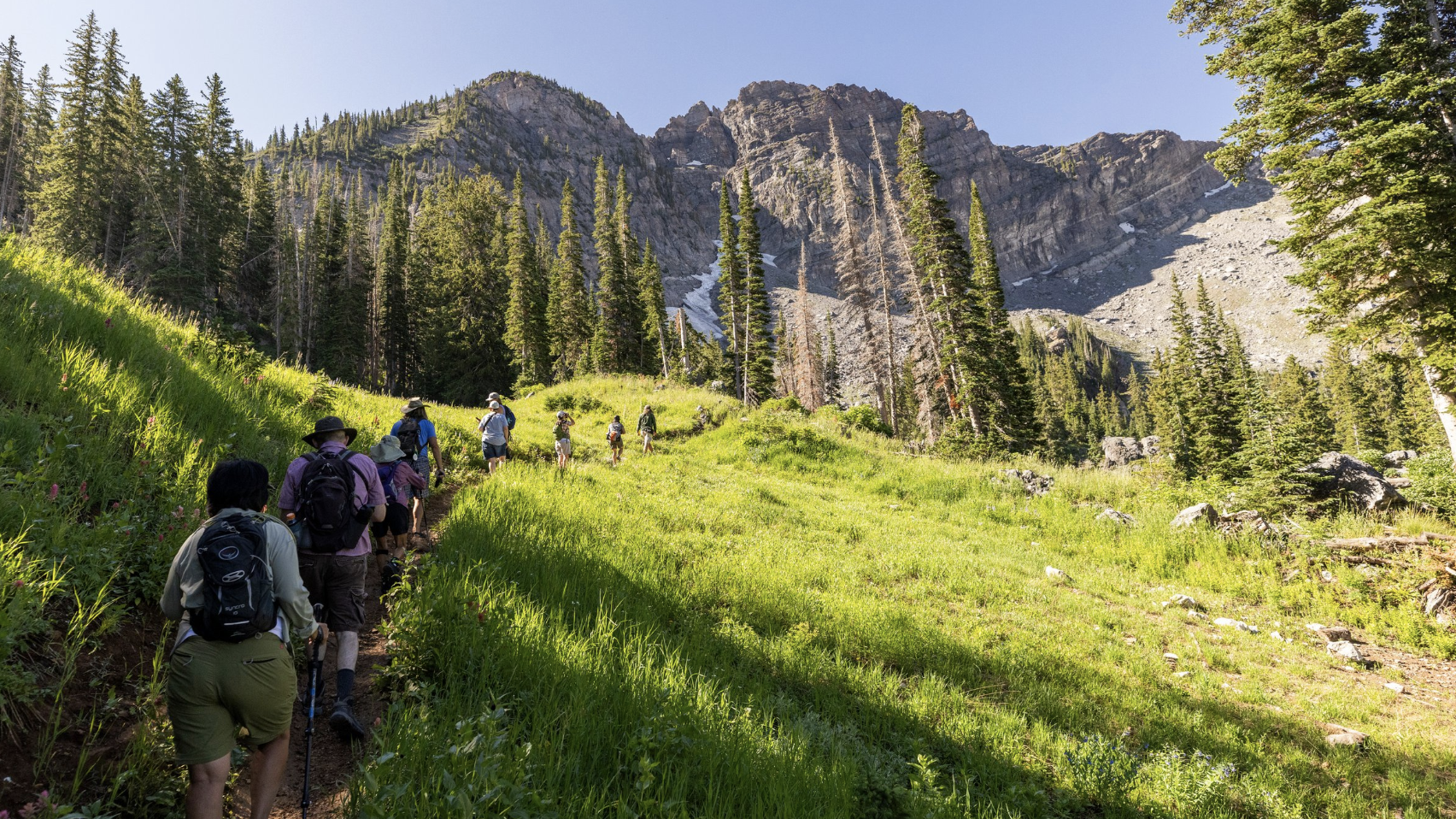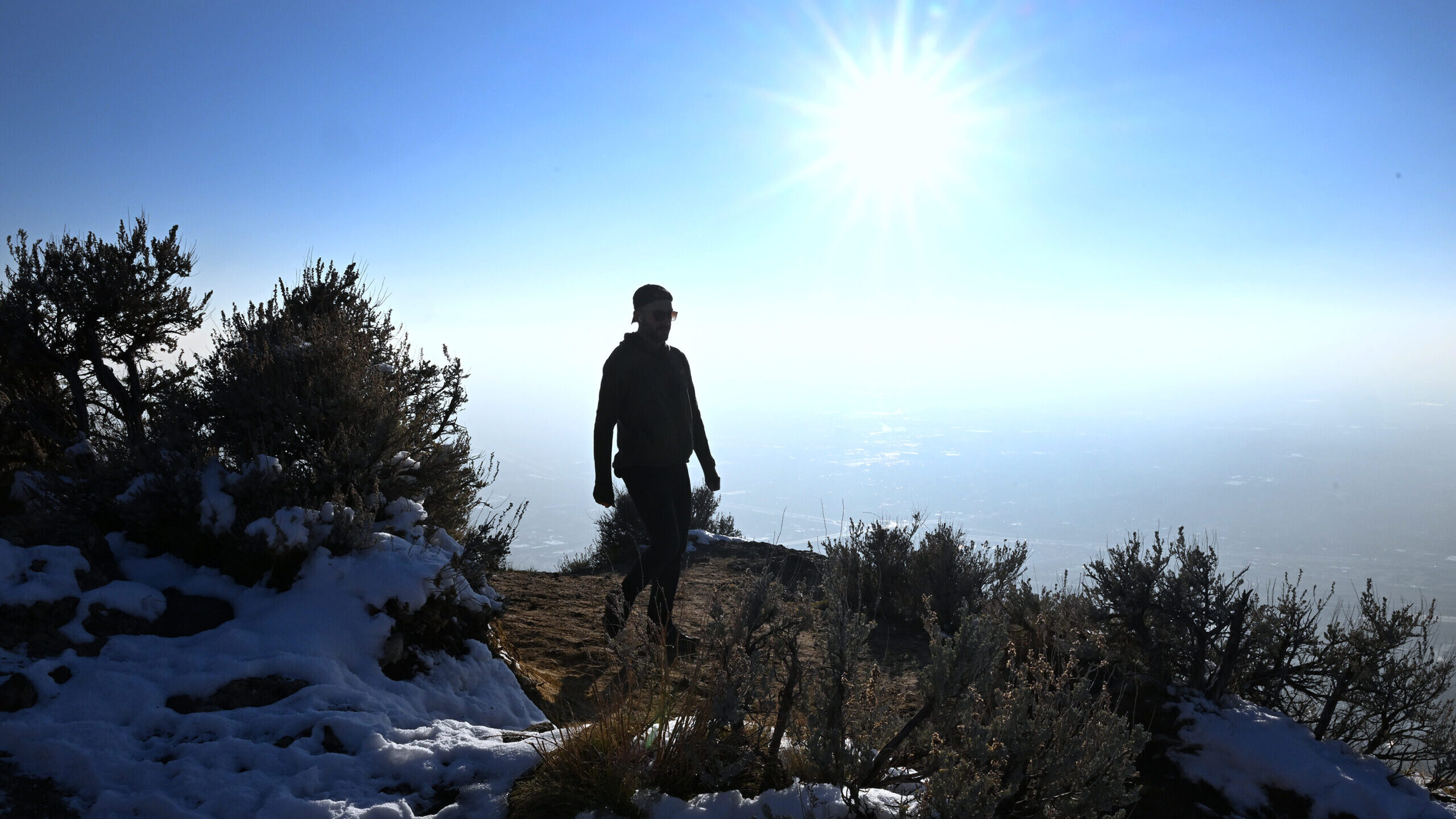Tips for drowning prevention from Utah water safety expert
Jun 15, 2023, 6:00 PM | Updated: Jun 27, 2023, 9:12 am
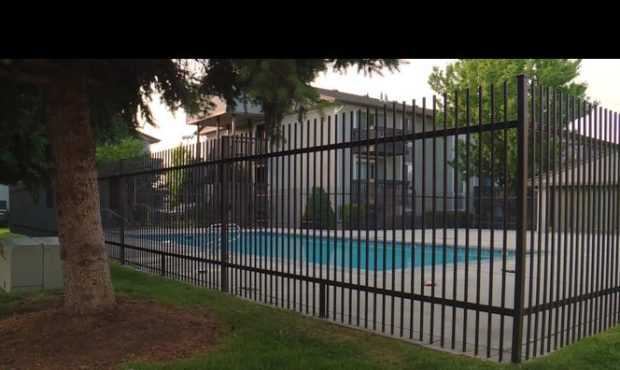
Every year in the United States there are an estimated 4,000* fatal unintentional drownings—that is an average of 11 drowning deaths per day. Each year, there are 8,000† nonfatal drownings—that is an average of 22 nonfatal drownings per day, accodring to the The Centers for Disease Control and Prevention (CDC).
(CDC)
Live at 9:50 a.m.: Water safety is on the mind after two teens were found dead in two different reservoirs yesterday
SALT LAKE CITY — Every year, 31 Utahns drown. Drowning is the leading cause of death for children ages 1 through 4, according to the CDC. And 68% of drowning victims are male, says the Utah Department of Health and Human Services. A water safety expert offers advice and tips on avoiding any and all water accidents
Last year in Utah, there were 117 nonfatal or near drownings, said Mckell Christensen with the Utah Drowning Prevention Coalition. She joins Dave & Dujanovic to discuss how to prevent drownings, both fatal and nonfatal.
Nationally 40% of nonfatal drownings require hospitalization, including intensive care, compared to 8% of all other unintentional injuries.
Christensen said the lack of oxygen during non-fatal drownings is the cause of significant medical complications requiring medical care or hospitalization.
“The reason people have so many bad outcomes from a nonfatal drowning is because their brain has a lack of oxygen, which then leads to their cardiac incidents,” Christensen said.
The 60-second window of survival
“How long does it take for someone to drown?” Dave asked.
“The Red Cross standard is 60 seconds,” she said, adding a lifeguard should be able to identify and reach a drowning victim within a minute.
“Most of our drowning incidents occur in home pools or recreational areas where they’re not lifeguarded,” Christensen said.
Any standing water can be fatal
“Is there anything else that you can give us for safety tips or hazards around the house that parents need to be on guard about?” Debbie asked.
It takes inches, not feet, to drown, Christensen warned.
“Any standing water is a hazard. Kids are drawn to it: buckets, bathtubs, toilets — those are all definitely things that should be secured or drained.”
Christensen said you don’t need to be a lifeguard but be a water watcher when people, especially children, are in or near water of any kind, including bathtubs.
The CDC adds:
Adults watching kids in or near water should avoid distracting activities like reading, using the phone, and consuming alcohol or drugs because drowning happens quickly and quietly. After swim time is over, shut and lock doors that give access to water.
Related:
- Canoes capsized in Jordan River, and life jackets saved the day
- Summer water safety in Utah– are you prepared?
- Utah lifeguard shortage tied to the long reach of COVID-19
Dave & Dujanovic can be heard weekdays from 9 a.m. to noon. on KSL NewsRadio.



